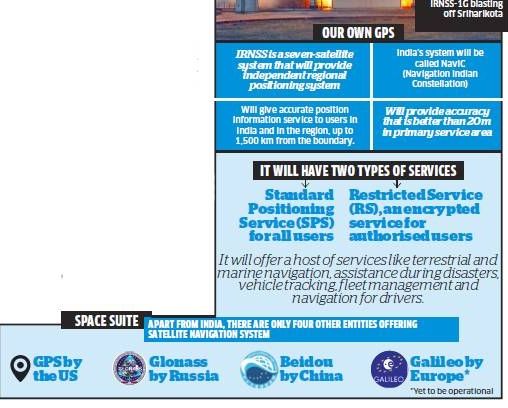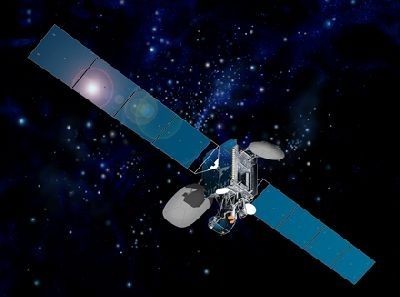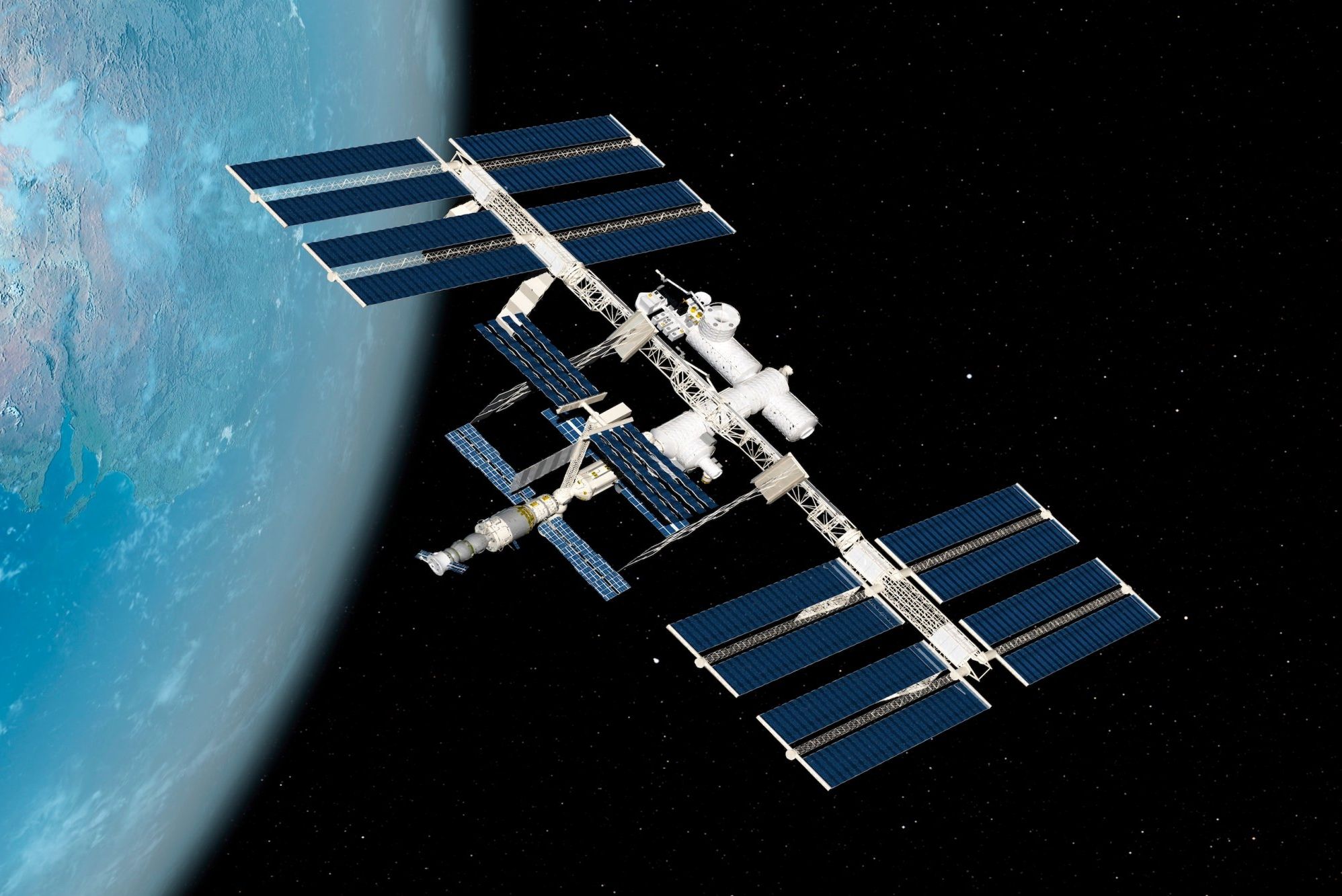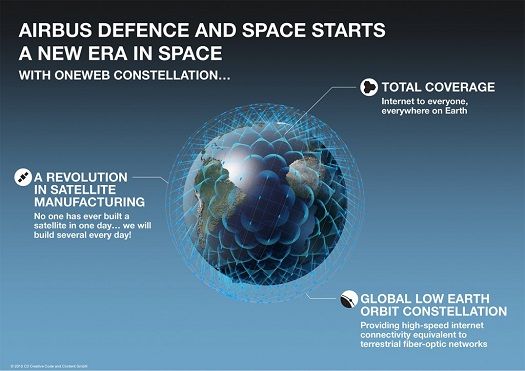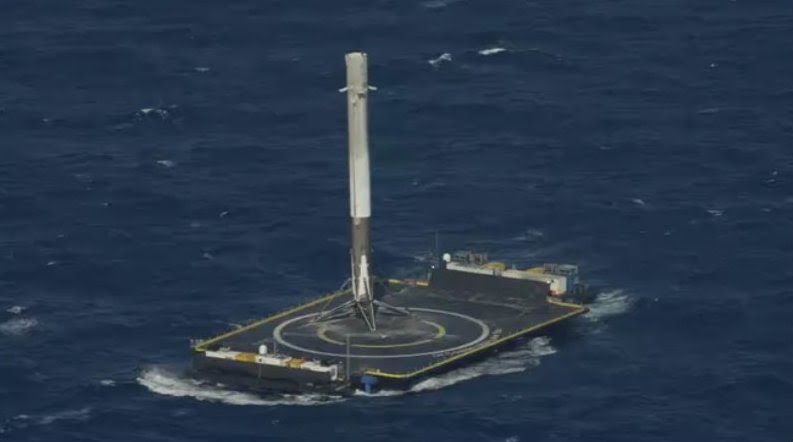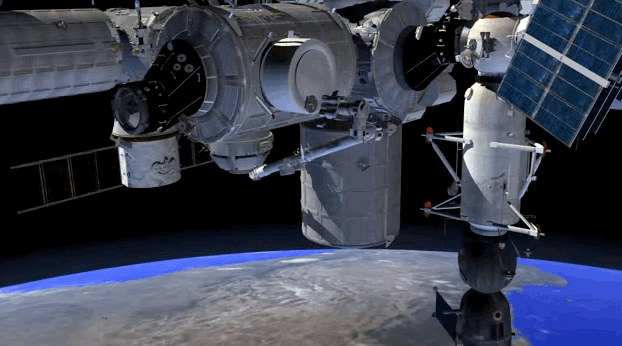Apr 30, 2016
IRNSS: Desi GPS to liberate India from dependence on US, Russia
Posted by Karen Hurst in category: satellites
India frees itself from the US & Russian GPS system.
Back home, the mission control room of Indian Space Research Organisation(ISRO) resonated with thunderous applause. The scientists who were till then glued to their monitors burst into cheers. India’s mini GPS, a regional positioning system, was ready to be rolled out.
Prime minister Narendra Modi who was watching the launch live from his office in Delhi congratulated the scientists. “With this successful launch, we will determine our own paths powered by our technology. This is an example of made in India and made for Indians,” he said. The navigational structure was given a new name — NavIC (Navigation Indian Constellation) — by the prime minister. “125 crore Indians have got a new Navic,” he tweeted.
Continue reading “IRNSS: Desi GPS to liberate India from dependence on US, Russia” »
